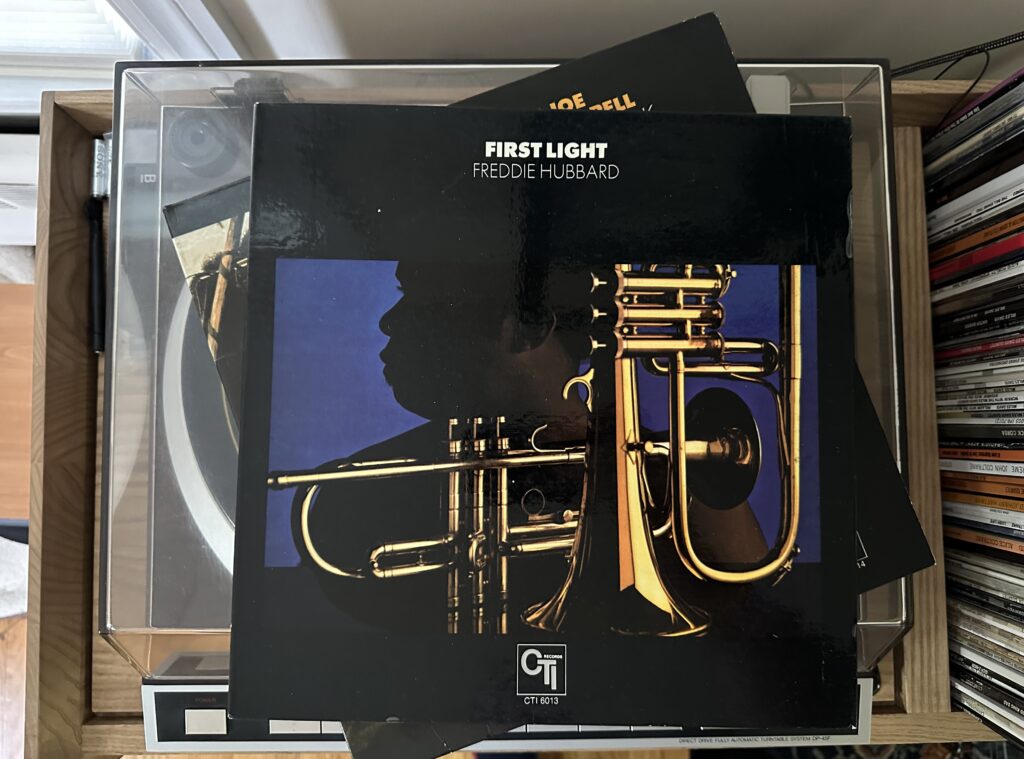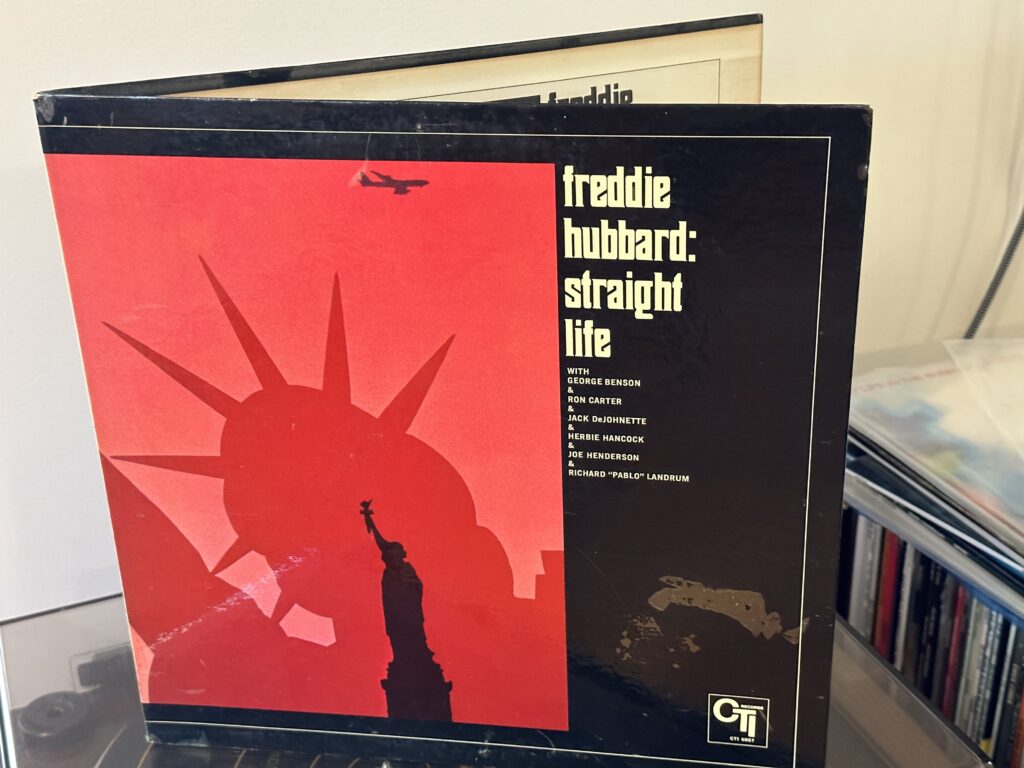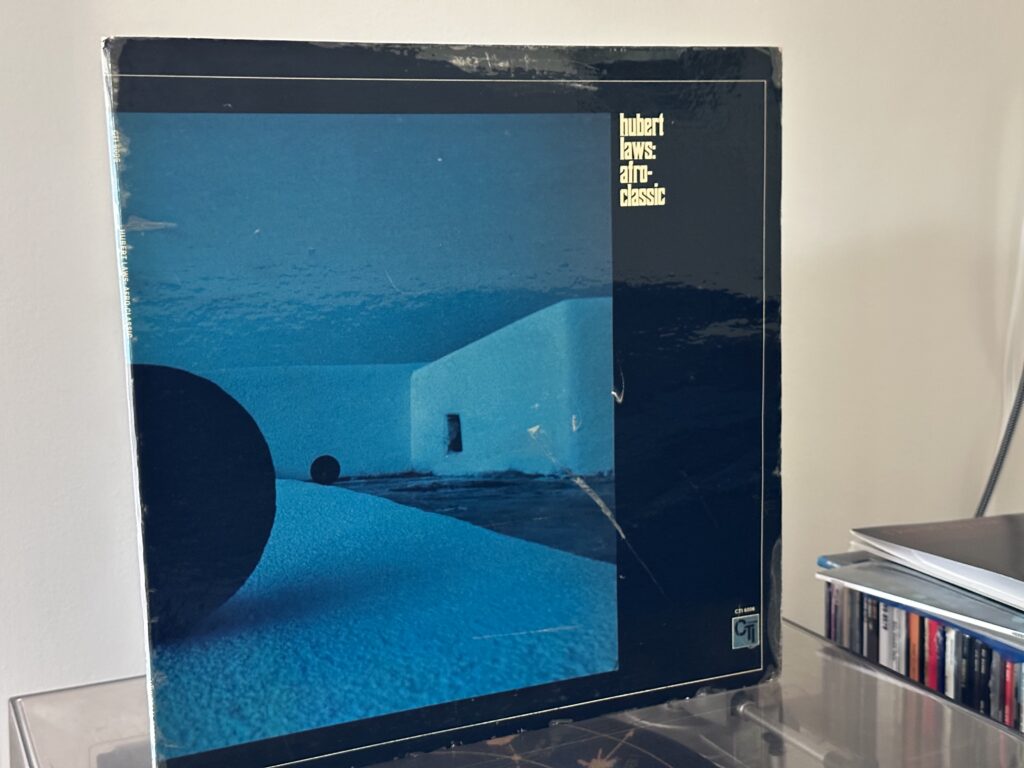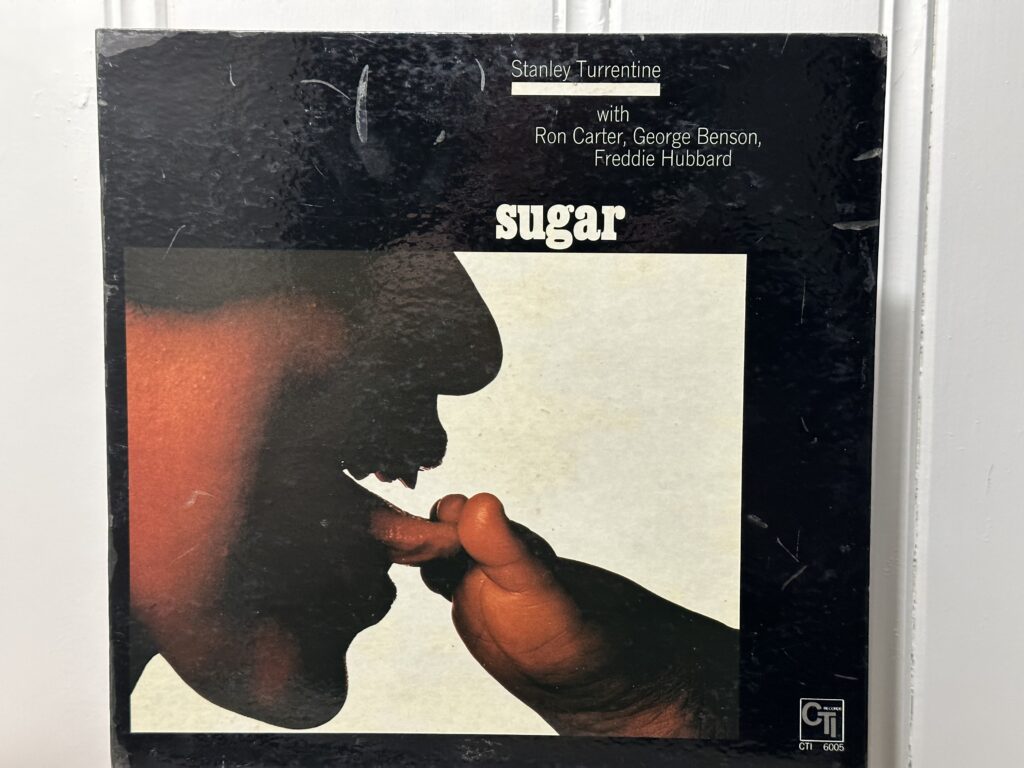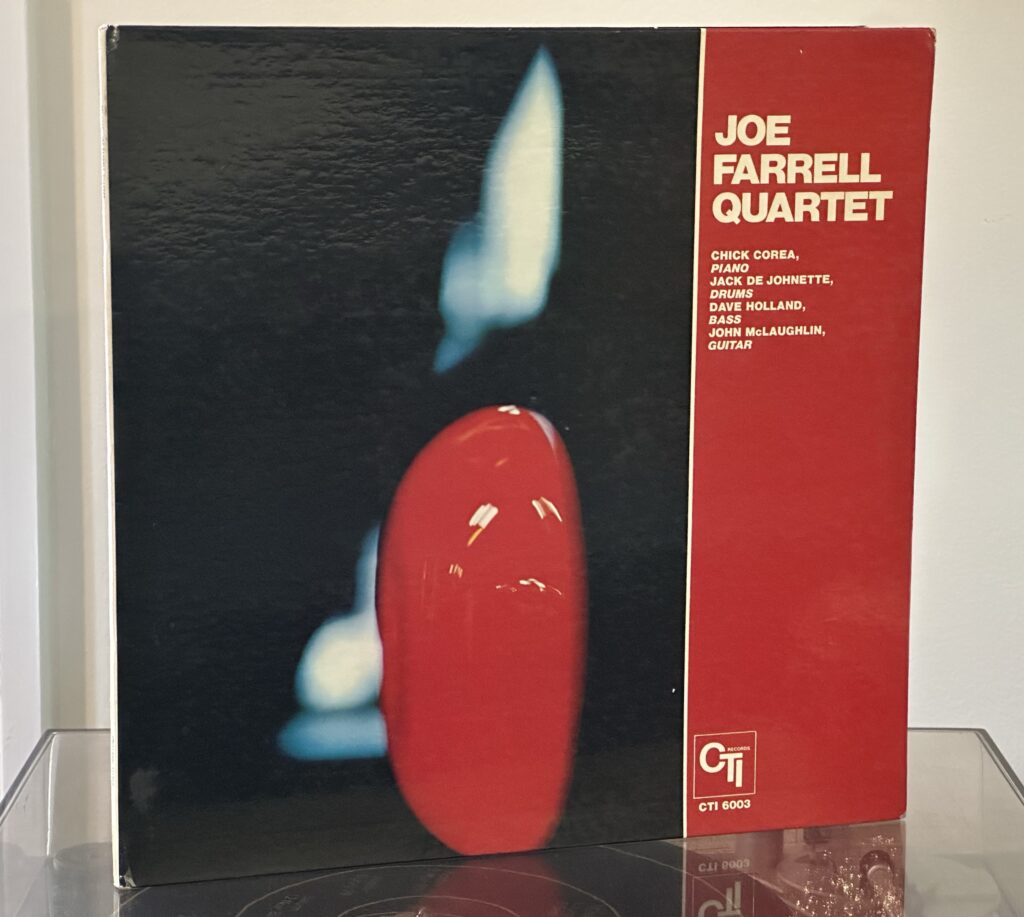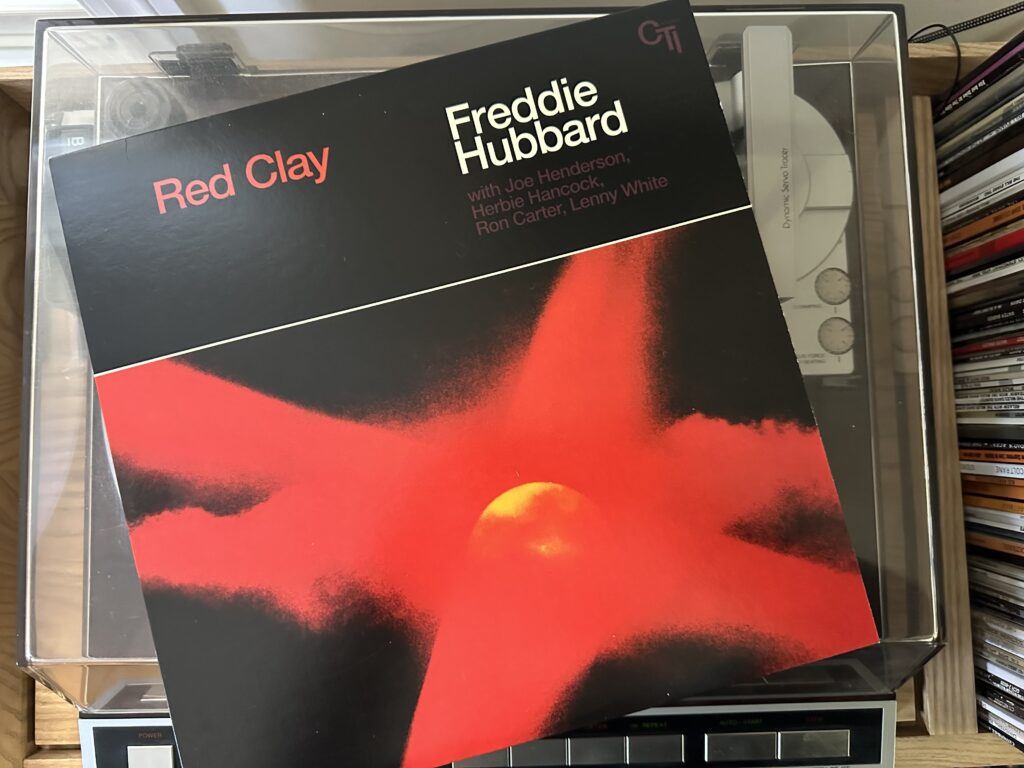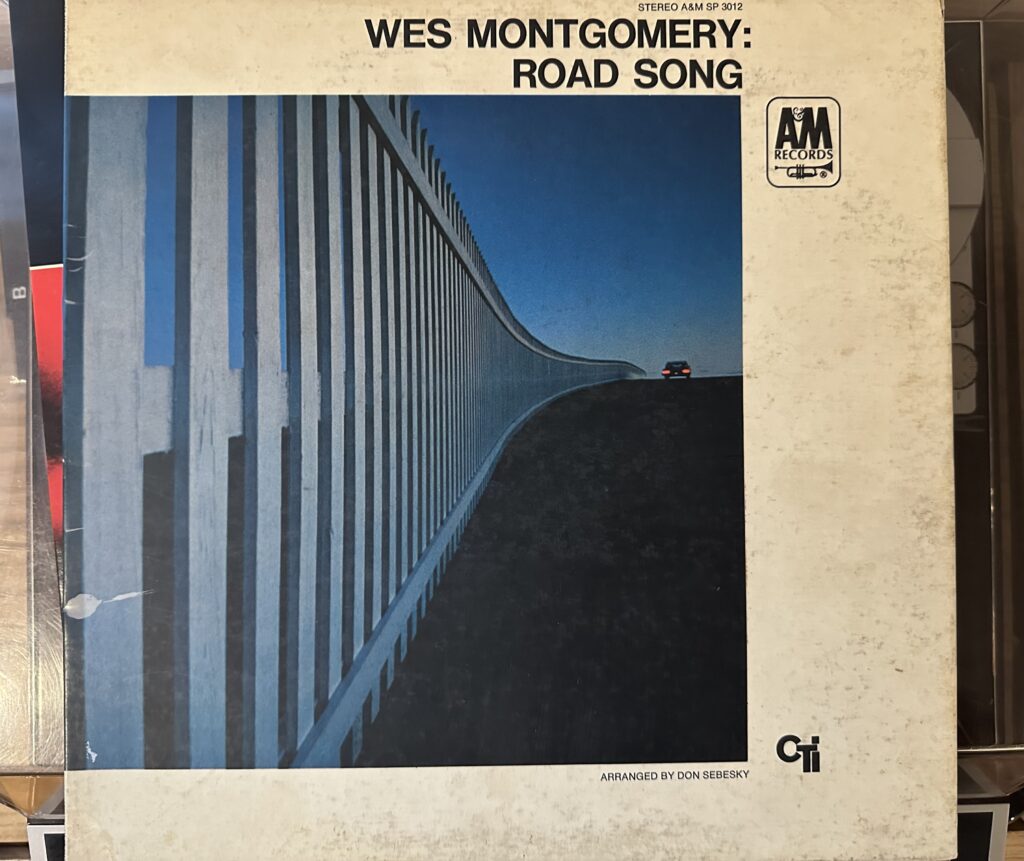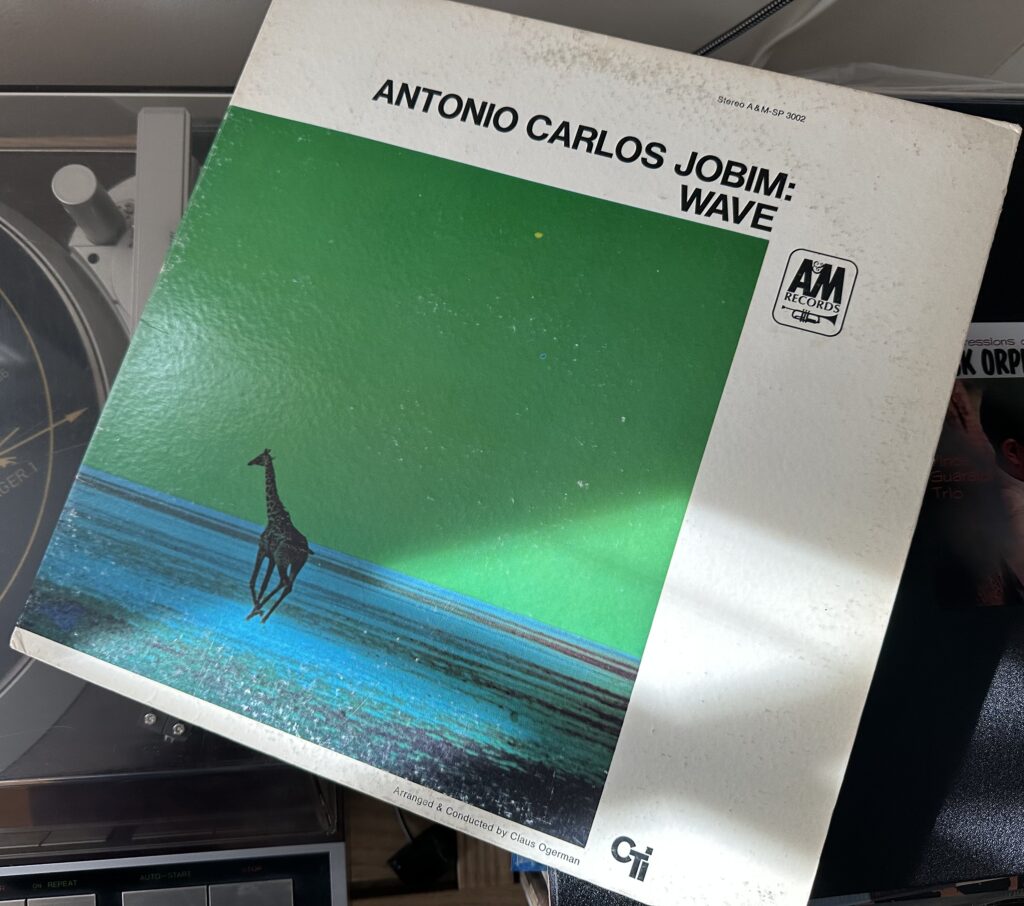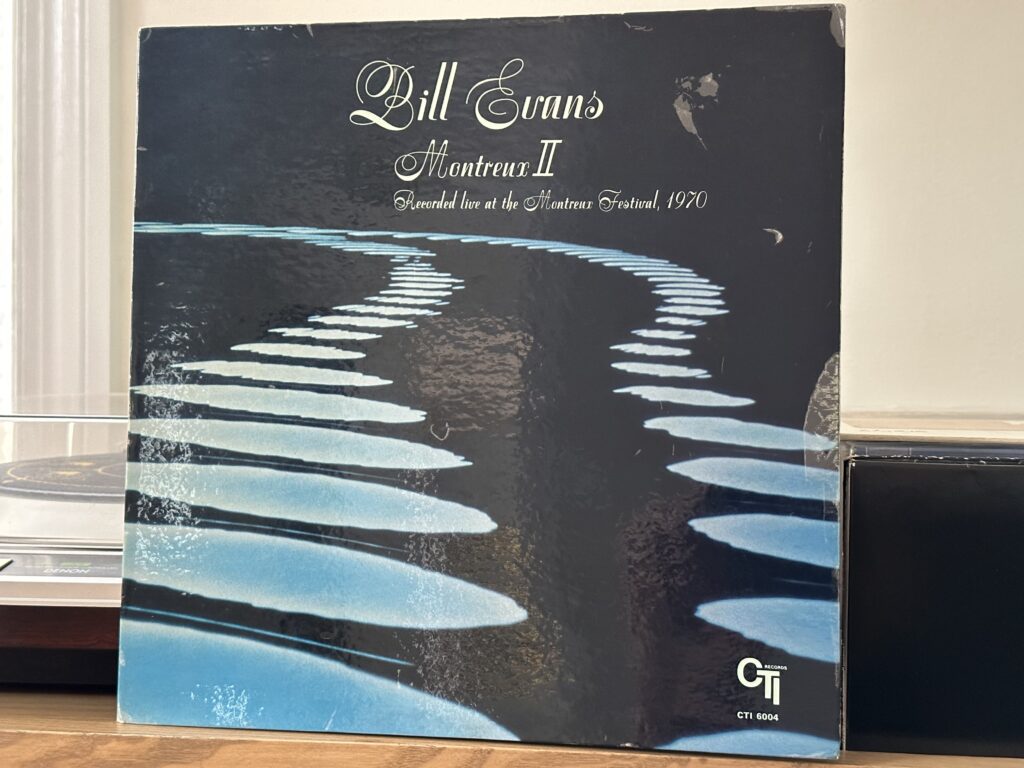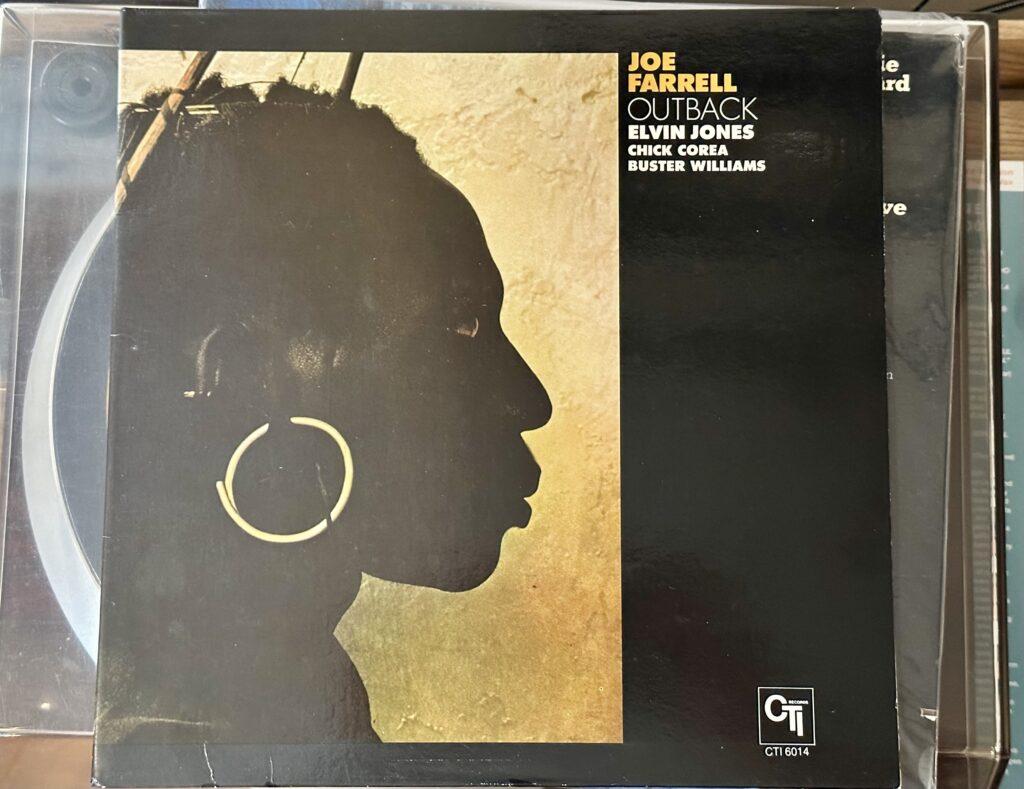
Album of the Week, May 20, 2023
Spoiler alert: As we’ll go deeper into the CTI Records discography, we’ll get to a point where a lot of the music will start to meld into a sort of jazz-funk-crossover soup, thickened by a hefty dose of Don Sebesky strings and crossing more and more into pop music. Inevitably it will happen to most of the artists that we will review on this label, buoyed along by the striking success of the CTI sound. But right now, we’re in 1972, releasing a record that was recorded in November 1971, and the transformation hasn’t happened yet. Instead, we still get thunderbolts of genius, like Joe Farrell’s second album for the label, Outback.
Again, as with Joe Farrell Quartet, part of the credit is due to the superb players that make up Farrell’s group. As we discussed last time, Farrell spent time playing with both Elvin Jones and Chick Corea, and both return the favor here, alongside bassist Buster Williams and the indispensable Airto on percussion. The quartet is tight and the music they make is simultaneously tuneful and eye-poppingly adventurous.
We get more of the latter on the first side of the album, which opens with the title track, the John Scott-penned theme to the dark Australian movie Outback. Here the morally ambivalent atmosphere of the film is evoked in the swirling flutes over Williams’ freely walking bass, before Jones’ drums bring us into a more normal time accompanied by a wide-ranging bass line and Corea’s accompaniment on the Fender Rhodes. The chords swirl in a minor mode, with the flute rising to a feverishly high solo, accompanied by the full band who lock in telepathically behind Farrell. Corea moves us forward with statements between the verses, but the focus remains on Farrell as he improvises wilder flights, with Jones staying uncharacteristically subtle in the background on toms and brushed cymbals. It’s a moving, meditative and genuinely exciting journey.
The adventure continues with “Sound Down,” one of two originals on the record. Here Farrell and his wife Geri craft a tune that tilts between a modal statement in 4/4 and a waltz in a more conventional major key. But the modal wins and Farrell is off to the races on soprano saxophone, sounding a bit Wayne Shorteresque on some of the flights. When he shifts rhythmic patterns, Chick Corea is right there with him, zig-zagging across small explosions from Elvin Jones and over the steady heartbeat of Williams’ bass. Chick’s solo, starting just before the four-minute mark, is a right-hand improvisation that picks up some of the modal energy of Farrell’s solo but grounds it in a more persistently major tonality, returning to the mode only at the end with a series of ascending chords that fade out, letting Williams take a breath and explore some differing rhythmic patterns in dialog with Jones. Farrell returns at the end to restate the tune and turn the solo back to a major key.
“Bleeding Orchid,” a Chick Corea composition, opens the second side in a moderately Spanish groove, with a melody that grows from a melancholy minor into a more optimistic major key. Farrell’s solo, again on soprano sax, trades thoughts phrase by phrase with Corea, who seems completely intertwined with the saxophonist’s thoughts. Jones provides a huge voice on the drums on the solos, falling back at the restatements of the theme, and Williams’ constant explorations around the tonality make him the quiet hero of the track.
“November 68th” concludes the album, with a modal workout in 6/8 that somehow manages to evoke “Ju Ju” era Shorter and Coltrane’s “My Favorite Things” in equal measure. Farrell’s other original composition on the album, the track provides him with a prominent soapbox on tenor sax. Here, again, Jones and Williams anchor the soloist, augmented by Airto, as Corea chases Farrell throughout the track. Chick’s solo swings harder than Farrell’s free flights but still has its own moments of brilliance, including a polyrhythmic moment that seems to stop time partway through the solo. As Corea, then Williams fall back, Jones takes a solo that seems to rise and fall like the saxophonist, double-timing the underlying pulse of the track and then dropping back into a one man polyrhythm. When Williams’ searching yet perfectly metrical bass returns, the rest of the band follows for a final statement of the melody followed by a fierce blowout at the end.
The whole album is stunning, a lesser-known but high quality gem. Farrell was to continue in this vein of tightrope-walking free jazz for one further album on CTI before shifting gears; we’ll get to that album in a few weeks. But we’ll check in on a couple of his labelmates first.
You can listen to the album here:

